Fixed gear bikes are becoming more popular among cycling enthusiasts. This type of bike does not have a freewheel mechanism, which means that the pedals are connected to the rear wheel at all times. One unique component of fixed gear bikes is the fixed gear hub.
In this blog, we’ll take a closer look at this vital component and why it makes fixed gear bikes such a joy to ride.
1. Anatomy of a Fixed Gear Hub
A fixed gear hub is made up of several parts, including the hub shell, the lockring, and the track or threaded cog. The hub shell houses all the other components and is attached to the wheel axle. The lockring is threaded onto the hub and prevents the cog from coming loose. The cog is then attached directly to the hub, making the pedals and rear wheel work together as one.
2. Unique Riding Experience
Riding a fixed gear bike with a fixed gear hub is a unique experience because of the continuous contact between the pedals and the rear wheel. This means that when the pedals turn, the wheels turn too. This can make it easier to accelerate and maneuver your bike, and you’ll feel a greater connection to your bike when you’re riding.
3. Simple Maintenance
Another benefit of having a fixed gear hub is that it is relatively easy to maintain. There are fewer moving parts than on other types of bike hubs, and there are no cables or gears to worry about. A properly maintained fixed gear hub will provide you with years of reliable performance.
4. Versatility
Fixed gear hubs are also versatile, allowing you to switch between different gear ratios by simply changing out the cog. This makes it easy to adjust your gear ratio based on your fitness level or the terrain you’re riding on. You can even have multiple cogs and swap them out according to your needs.
5. Aesthetic Appeal
Finally, fixed gear hubs add a sleek, clean look to your bike. The lack of cables and gears gives the bike a minimalist appearance. Plus, you can customize your bike by choosing different colors and finishes for your hub.

Conclusion:
The fixed gear hub is an essential component of fixed gear bikes. It adds a unique riding experience, requires simple maintenance, and provides versatility when it comes to gear ratio. It also gives your bike a sleek and minimalist look, making it a popular choice among cycling enthusiasts. Whether you’re fiercely competitive or simply love riding bikes, the fixed gear hub can provide you with an unforgettable experience.

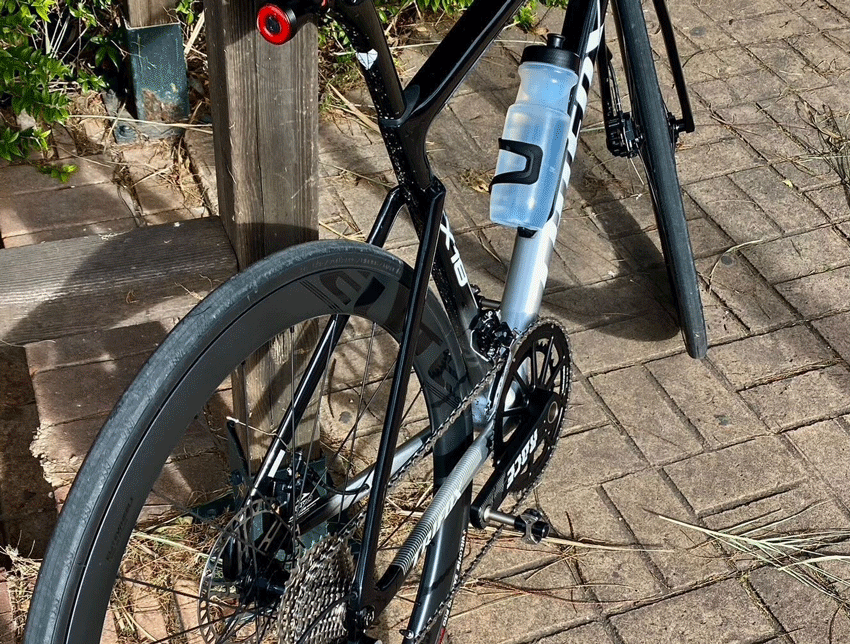
If you are an avid cyclist, you understand how important it is to have a reliable and efficient bicycle. One of the essential parts of a bike is the hub which connects the wheel to the frame and allows for smooth rotation. While traditional quick-release hubs have been the norm for decades, more and more cyclists are switching to the bolt-on hub.
In this post, we'll explore what a bolt-on bike hub is, its benefits and drawbacks, and how it can change your cycling experience for the better.
What is a Bolt-on Bike Hub?
A bolt-on bike hub is a type of hub that is secured to the frame with bolts instead of quick-release levers. Typically, bolt-on hubs have a stronger connection to the frame, making them more secure and less likely to come loose in high-stress situations such as sprinting or on rough terrain. Additionally, bolt-on hubs can help reduce the risk of theft as they require a tool to remove, unlike quick-release hubs, which can be taken off with bare hands.
Benefits of a Bolt-on Bike Hub
One of the main benefits of a bolt-on hub is its improved stability. Quick-release hubs can sometimes come loose, causing the wheel to wobble, which can be dangerous during a ride. Bolt-on hubs, on the other hand, provide a secure connection, ensuring the wheel is always stable and reducing the risk of accidents. Additionally, bolt-on hubs are more efficient as they provide more direct power transfer from the pedaling motion to the wheel.
Drawbacks of a Bolt-on Bike Hub
While the benefits of a bolt-on bike hub make it an attractive option for any cyclist, there are a few drawbacks to consider. Firstly, bolt-on hubs can be more challenging to remove, which can be an issue when fixing a flat tire or performing maintenance. Secondly, bolt-on hubs are typically more expensive than quick-release hubs due to their increased stability and security features. Lastly, because bolt-on hubs require a specialized tool to remove, they can be less convenient when traveling with your bike.
How a Bolt-on Bike Hub Can Change Your Cycling Experience
A bolt-on bike hub can transform your cycling experience by improving the stability and power transfer of your bike. You'll feel a significant difference in your riding performance when you switch to a bolt-on hub, particularly when sprinting or climbing. It will also provide you with more confidence that your bike is secure, reducing the risk of accidents. Lastly, you'll have added peace of mind that your bike is less likely to be stolen due to the increased security features.
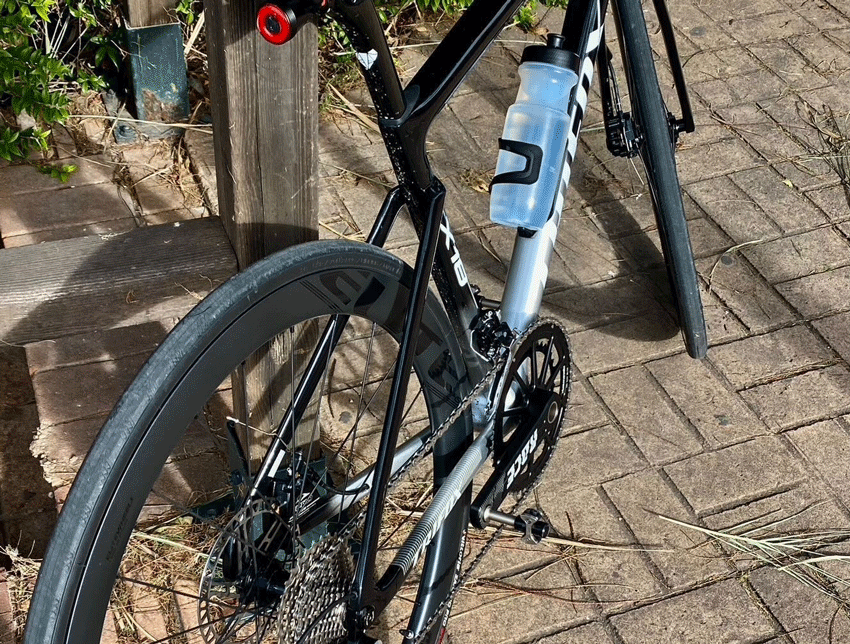
Conclusion:
In conclusion, a bolt-on bike hub is an excellent investment for any cyclist looking to enhance their riding experience. While it may require a more significant initial cost and can be less convenient at times, the added stability, power transfer, and security features make it well worth it. If you're considering upgrading your bike's hub, a bolt-on hub is the way to go.
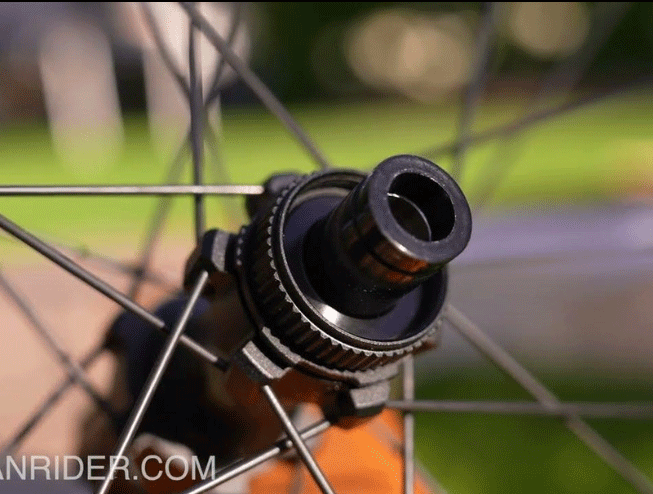
If you're a cycling enthusiast, you’ve probably come across the terms freehub and freewheel, but how much do you know about them? Both freehub and freewheel are components of a bike’s drivetrain that enable the rear wheel to spin forward while allowing the pedals to remain stationary. While they serve the same purpose, they have significant differences that affect performance and compatibility.
1. Definition and function
A freewheel consists of a cluster of gears and cogs that thread onto the hub of the rear wheel, and the ratcheting mechanism that allows the wheel to spin forward without pedaling. It is a simple design that’s easy to maintain and service. In contrast, a freehub is a more complicated design that features a ratcheting mechanism that’s integrated into the hub of the rear wheel, which connects to the cassette. Instead of threading onto the hub like a freewheel, the cassette attaches to the splines on the freehub body. The freehub design not only provides better power transfer and durability but also offers more options for gear ratios.
2. Compatibility
One of the significant differences between freehub and freewheel is compatibility. Freewheels are commonly found on older bikes, while freehubs are a common feature on modern bikes. If you have an old bike and you want to upgrade to a freehub design, you may have to replace the wheel hub, and possibly the rear derailleur, shifters, and chain, to make sure all the components match. On the other hand, since freehub bodies are generally interchangeable, you can typically change the cassette to switch to a different gear ratio without having to replace the rear wheel.
3. Wear and Tear
Due to their simpler design, freewheels are generally more prone to wear and tear than freehubs. Over time, the ratcheting mechanism in freewheels tends to wear down, which can lead to skipping, uneven engagement, and even failure. Freehub bodies typically don’t suffer from the same wear and tear issues because they are located inside the hub shell where contaminants can’t easily access them. However, if a bearing fails or the pawls break, it’s more challenging to service or replace the freehub body.
4. Performance and Maintenance
In terms of performance, freehub systems offer better power transfer than freewheels because they have more engagement points where the rear hub and the cassette interact. They also provide more precise shifting and offer more gear ratio options. However, they are more complicated and harder to service compared to freewheels. Freewheels, on the other hand, are simpler and easier to maintain, but they don’t offer the same level of performance as freehubs.
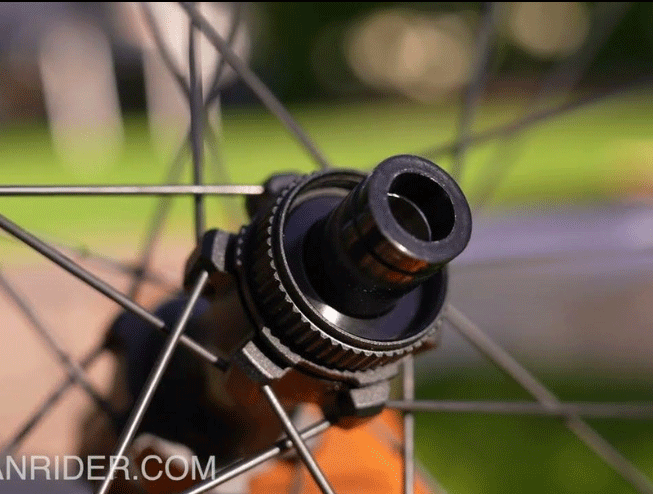
Conclusion:
So, which is the better option for your bike, a freehub or a freewheel? Ultimately, it depends on your bike, budget, riding style, and preferences. If you have an older bike and want to stick with a simple and cost-effective design, a freewheel may be the way to go. On the other hand, if you want better performance, more gear ratios, and are willing to invest in a modern high-end bike, then a freehub is the better option. Remember, whichever option you choose, make sure to maintain and service your drivetrain components regularly to ensure smooth and efficient performance.
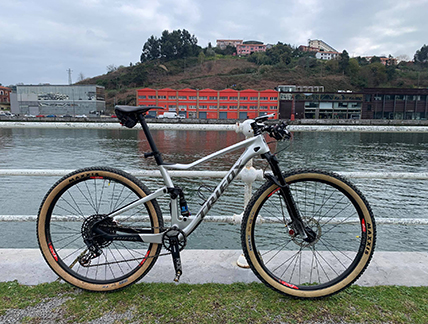
Achieving a smooth and efficient ride on your bike requires careful consideration of each component, including the hub. One essential factor to consider when selecting a hub is its compatibility with your bike's other components. In this article, we will discuss the concept of hub compatibility and its role in finding the ideal hub for your bike.
What is Hub Compatibility?
Hub compatibility refers to the ability of a bike hub to work seamlessly with other components of your bike, such as the axle, frame, and drivetrain. Factors that determine hub compatibility include:
Axle type: Hubs are designed to work with specific axle types, such as quick release or thru-axle. It's important to choose a hub compatible with your bike's axle system.
Axle dimensions: The length and diameter of the axle must match the hub's specifications. Common axle dimensions for mountain bikes include 100x9mm (front) and 135x10mm (rear) for quick-release systems, and various sizes for thru-axles, such as 100x15mm (front) and 142x12mm (rear).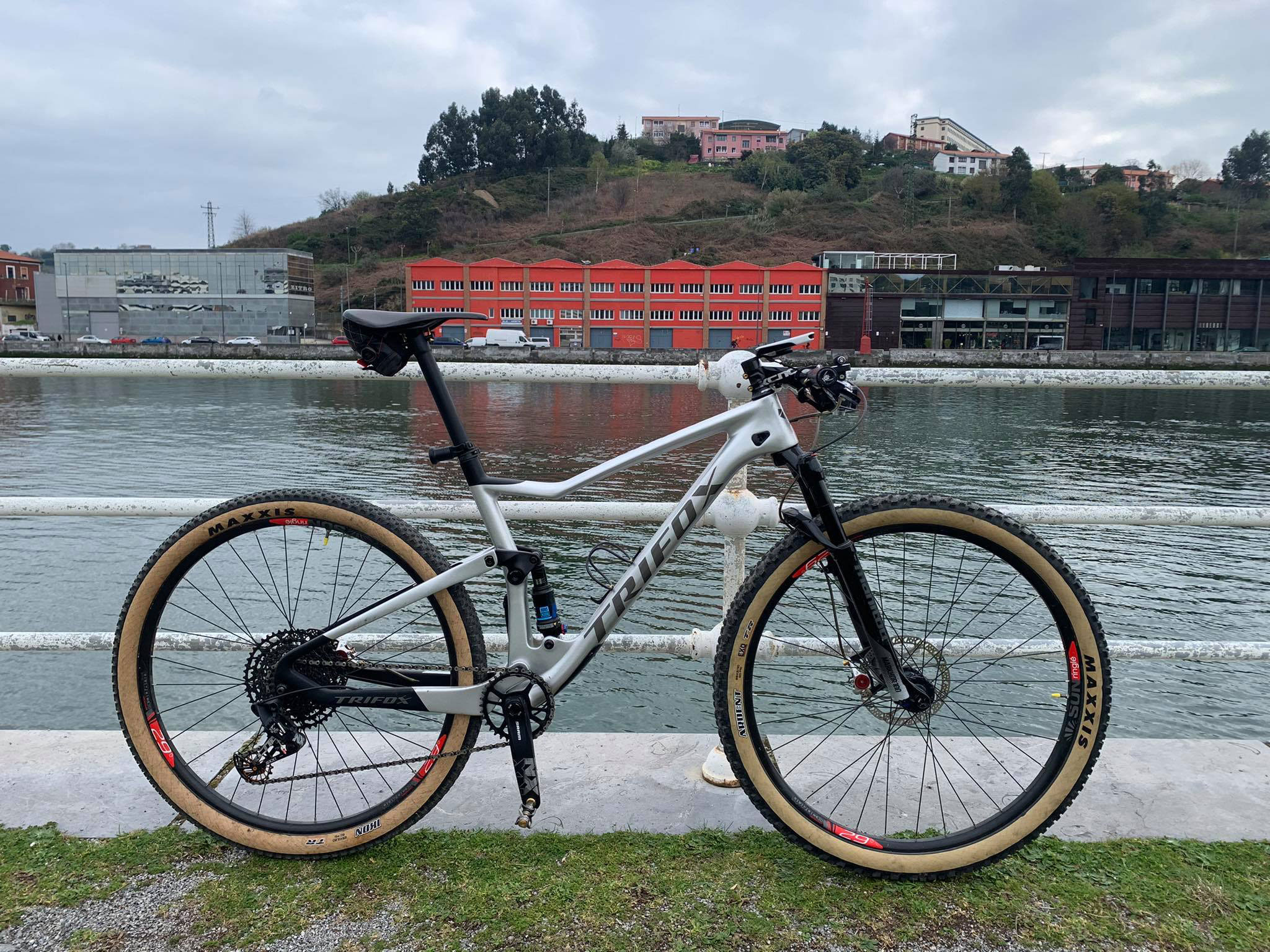
Brake system: Hubs are designed to accommodate either rim brakes or disc brakes. Make sure to select a hub that works with your bike's brake system.
Drivetrain compatibility: Hubs have different freehub bodies to accommodate various drivetrain systems, such as Shimano, SRAM, or Campagnolo.
By mastering hub compatibility, you can unlock the full potential of your bike and ensure a smooth, enjoyable ride. Happy biking!
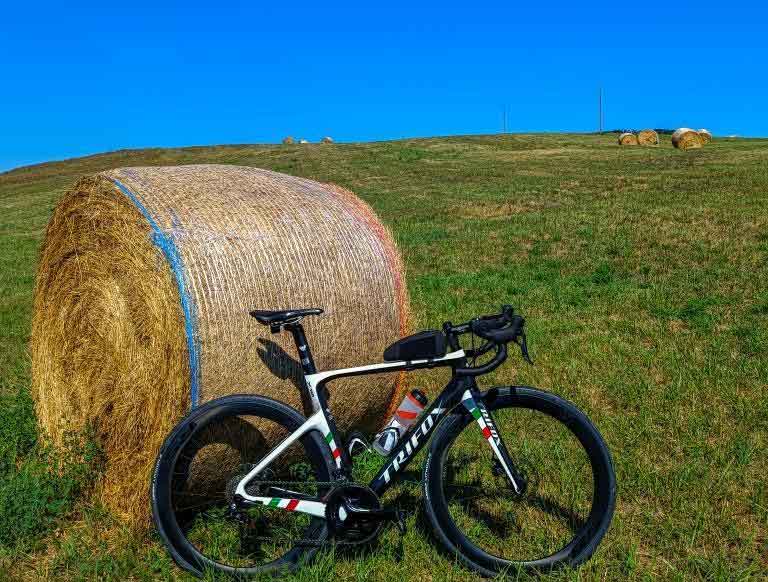
When it comes to cycling, one of the most important components is the hub. The hub is the part of the bike that the cassette attaches to and where the rear axle is mounted. However, over time, the hub's components can wear out or be damaged, and you may need to replace them. One of the parts that might need to be replaced is the freehub body. The freehub body is responsible for the bicycle's chain and cassette rotation. Here's a step-by-step guide on how to replace a freehub body on a hub.
Step 1: Remove the Quick Release
To begin, you should remove the quick release that holds the wheel in place. This will give you more room to work on the wheel. You can remove the quick-release by flipping it over and unscrewing the bolt that connects it to the non-drive side of the hub. Then, you can pull the quick release out.
Step 2: Remove the Cassette
After removing the quick-release, you should remove the cassette from the hub using a cassette removal tool. The cassette is connected to the freehub using a lockring that needs to be removed with the help of a lockring tool. Once the lockring is removed, you can slide the cassette off the freehub.
Step 3: Remove the Freehub Body
Next, you should remove the freehub body. Depending on the type of hub you have, this may require different tools. Typically, a 10mm Allen key or a 15mm box spanner is used to remove the freehub body. Insert the 10mm Allen key or 15mm box spanner into the center of the hub and turn it counterclockwise to remove the freehub.
Step 4: Install the New Freehub Body
After removing the old freehub, you can install the new one. Place the new freehub body onto the hub and secure it with the same tool you used to remove the old one. Make sure that you tighten it enough to hold it in place.
Step 5: Reassemble the Cassette and Quick-Release
Once the new freehub body is installed, you can reassemble the cassette and lockring onto it. Afterward, you can slide the quick-release back into place and screw the bolt back into the hub's non-drive side. Make sure the wheel is secure and test the rotation before heading out for a ride.
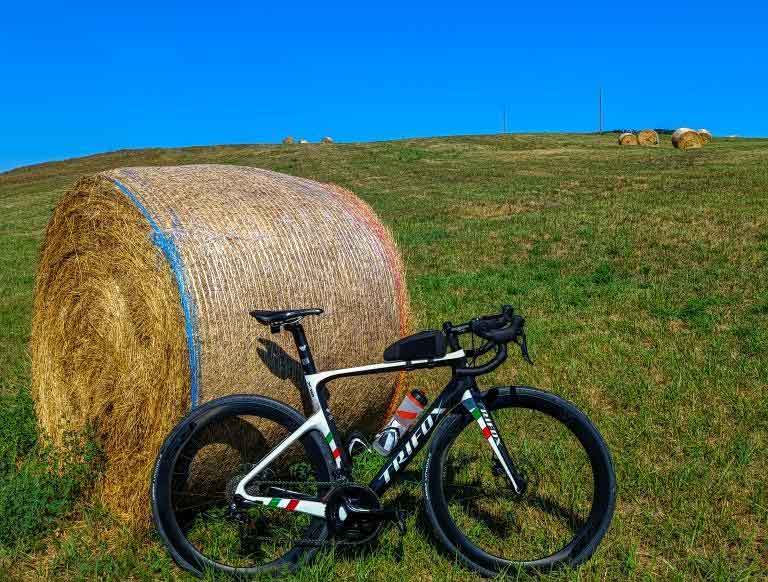
Conclusion:
Replacing a freehub body on a hub may seem like a daunting task for some, but it's definitely doable with the right tools and knowledge. By following the steps outlined above, you should be able to perform this task with ease. Always remember to take care of your bicycle's components and perform routine maintenance to ensure that your rides are as smooth as possible. Happy cycling!
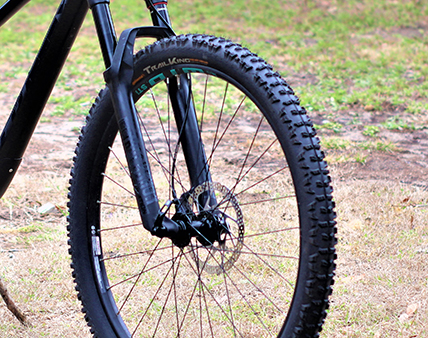
Are you looking to upgrade or replace your mountain bike hub but unsure how to install it properly? Worry not! We will provide a step-by-step guide to help you install your mountain bike hub and achieve a smooth, efficient ride.
Step 1: Gather the Necessary Tools and Materials
Before you begin, make sure you have the following tools and materials handy:
A new mountain bike hub
A spoke wrench
A truing stand (optional, but helpful for wheel alignment)
Grease and lubricant
Rim tape (if applicable)
Step 2: Remove the Old Hub
Start by removing the wheel from your bike and taking off the tire, tube, and rim tape (if present). Carefully remove the spokes connecting the old hub to the rim, taking note of the lacing pattern for future reference.
Step 3: Prepare the New Hub
Apply grease to the new hub's bearings and axle, ensuring smooth operation and reducing friction. If you've chosen a versatile hub like the Trifox M827 bicycle hub, make sure to select and install the appropriate end caps for your desired axle type (quick release or thru-axle).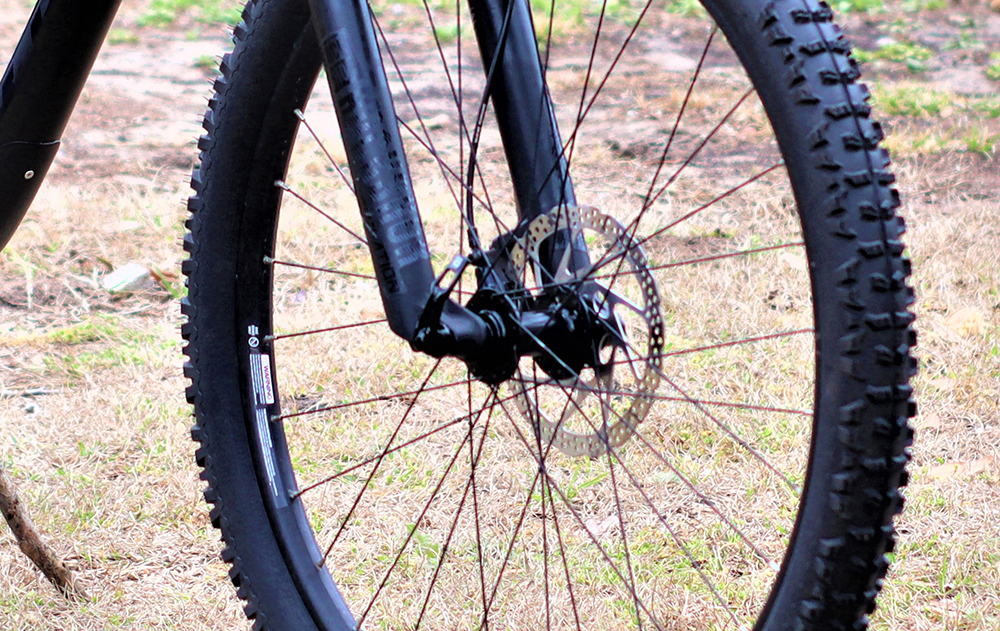
Step 4: Lace the Spokes
Following the lacing pattern you observed earlier, connect the new hub to the rim using the spokes. Make sure to tighten the spokes evenly and securely. A truing stand can be helpful during this process to ensure proper wheel alignment.
Step 5: Align and True the Wheel
Once the spokes are laced, check the alignment of your wheel. Adjust the spoke tension as needed to achieve a straight, true wheel. This process may require patience and precision, but it's essential for a smooth ride.
Step 6: Reinstall the Rim Tape, Tube, and Tire
With the new hub installed and the wheel aligned, reinstall the rim tape (if applicable), followed by the tube and tire. Inflate the tire to the recommended pressure.
Step 7: Mount the Wheel on Your Bike
Finally, mount the wheel back onto your bike, ensuring the axle is correctly seated in the dropouts. For hubs like the Trifox M827, make sure the end caps match your bike's axle type for a secure fit. Reattach any brake components and give your bike a thorough inspection before taking it for a test ride.
Trifox M827 hub installation can be a straightforward process when you follow these steps and pay attention to details. Choosing a high-quality, versatile hub can further enhance your biking experience by providing a smooth ride and easy adaptability to different axle types. Happy riding!
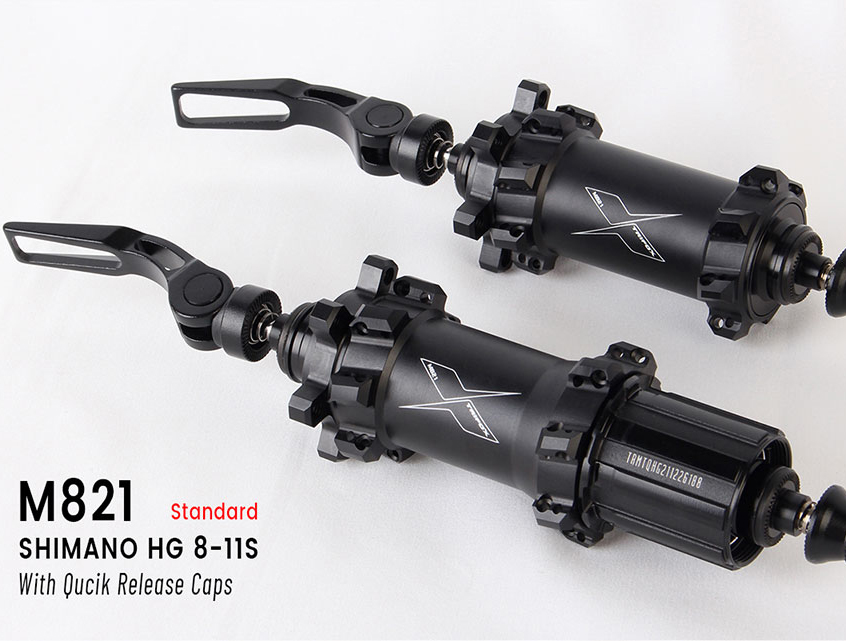
Mountain biking has evolved over the years, with various advancements in technology leading to improved performance and enhanced riding experience. However, some riders still prefer the classic approach to mountain biking, which includes using rim brakes. In this article, we will discuss rim brake hubs, their role in mountain biking, and how they offer an efficient solution for your traditional bike setup.
What are Rim Brake Hubs?
Rim brake hubs are the central component of a wheel that connects the spokes to the axle and allows the wheel to spin freely while supporting the weight of the bike and rider. These hubs are specifically designed to work with rim brakes, which apply friction directly to the wheel's rim to slow down or stop the bike.
Advantages of Rim Brake Hubs
Lightweight: Rim brake hubs are generally lighter than disc brake hubs, as they don't require additional components like rotor mounts.
Simplicity: Rim brakes are easier to maintain and adjust compared to disc brakes, making them a popular choice for casual riders and those who prefer minimalist setups.
Cost-effective: Rim brake hubs and accompanying brake systems tend to be more affordable than their disc brake counterparts.
Disadvantages of Rim Brake Hubs
Less effective braking: Rim brakes may not provide the same level of stopping power and modulation as disc brakes, especially in wet or muddy conditions.
Rim wear: Prolonged use of rim brakes can lead to wear on the wheel's rim, potentially requiring more frequent rim replacements.
Choosing the Right Rim Brake Hub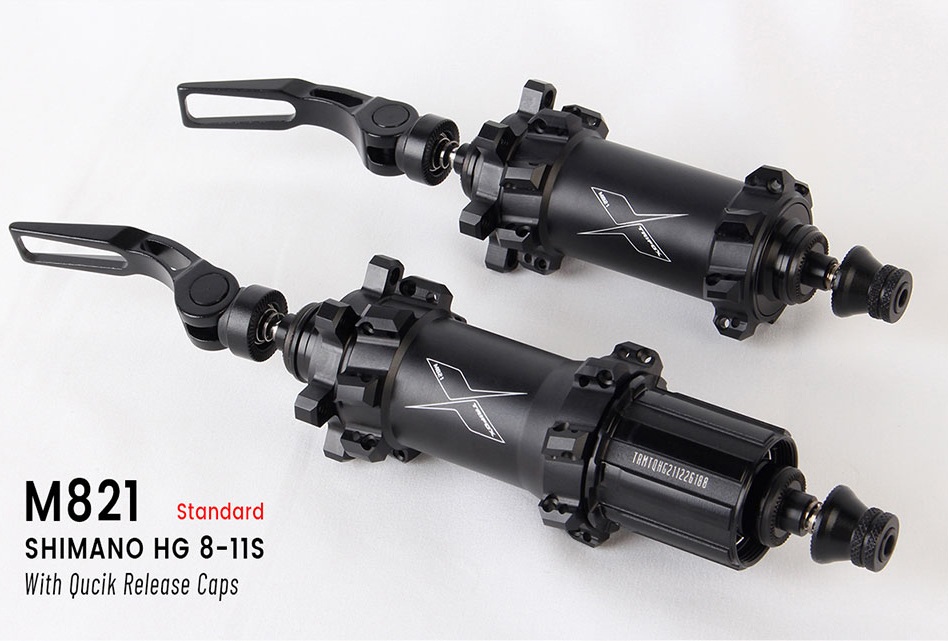
When selecting a rim brake hub for your mountain bike, consider factors such as material, bearing system, and compatibility with your bike's components. High-quality hubs, like the rim brake hub Trifox M821, are made from durable materials like aluminum alloy and feature a smooth-rolling bearing system to ensure reliable performance.
Additionally, make sure the hub is compatible with your bike's axle type and spoke count. A versatile hub that offers various options for axle types and accommodates different spoke counts can be an excellent choice for a custom mountain bike build.
In conclusion, rim brake hubs remain a popular choice for riders who appreciate the simplicity, lightweight design, and cost-effectiveness of traditional mountain biking setups. By understanding the advantages and disadvantages of rim brake hubs and considering factors like material, bearing system, and compatibility, you can choose the right hub to enhance your classic mountain biking experience.
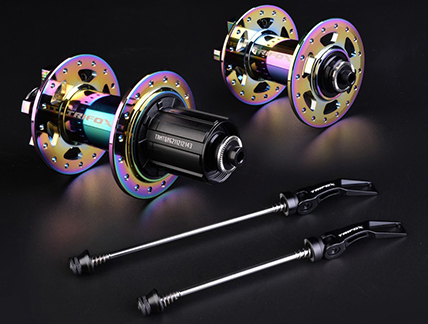
Mountain biking is an exhilarating sport that demands not only skill but also a reliable and high-performance bike. One crucial component of your mountain bike is the hub, which connects your wheels to the bike frame. In this article, we will discuss the differences between quick release (QR) and thru-axle (TA) mountain bike hubs, their advantages, and how the Trifox M827 hub offers the best of both worlds with its easy-to-maintain and versatile design.
Quick Release Hubs
Quick release hubs have been the standard choice for many years. They feature a hollow axle with a skewer running through it, secured by a lever on one end and a nut on the other.
Advantages of Quick Release Hubs:
Easy to install and remove the wheel without tools
Lightweight design
Generally more affordable
Disadvantages of Quick Release Hubs:
Less stiffness and stability compared to thru-axle hubs
Not as secure, potentially leading to the wheel coming loose during aggressive riding
Thru-Axle Hubs
Thru-axle hubs are becoming increasingly popular in modern mountain bikes. They consist of a solid axle that passes through the hub and directly screws into the bike frame, providing a sturdier connection.
Advantages of Thru-Axle Hubs:
Increased stiffness and stability, improving handling and performance
More secure, reducing the risk of the wheel coming loose
Better alignment for disc brakes, ensuring consistent braking performance
Disadvantages of Thru-Axle Hubs:
Heavier than quick release hubs
Wheel removal and installation can be slower and may require tools
The Trifox M827 Bike Hub: A Versatile and Convenient Solution
The Trifox M827 mountain bike hub offers a unique solution that combines the advantages of both quick release and thru-axle systems. Its design allows for easy conversion between QR and TA by simply swapping the end caps, providing riders with the flexibility to choose the best setup for their riding style and bike compatibility.
Additionally, the M827 hub is made from durable materials like aluminum alloy 6061, 7075, and chromoly steel, ensuring longevity and reliable performance. The hub also features 2 bearings in the front and 4 bearings in the rear for smooth operation, and it's compatible with 14G 32-hole spokes and 6-bolt disc brakes.
In conclusion, the Trifox M827 mountain bicycle hub offers a versatile and convenient solution for riders looking to enjoy the benefits of both quick release and thru-axle systems. With its easy-to-maintain design and high-performance features, the M827 hub is an excellent choice for enhancing your mountain biking experience.
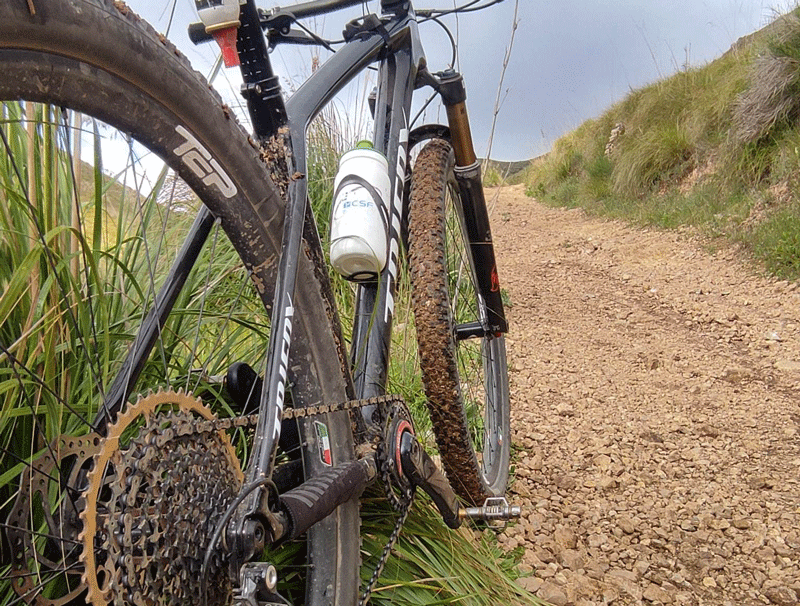
Hub spacing is one of the key factors to consider when selecting the right wheels for your bike. This critical measurement determines how the wheel fits into the frame. Bike hub standards can be confusing, and the wrong measurement can lead to incompatibility.
In this blog post, we aim to provide you with a clear understanding of hub spacing standards to help you make an informed decision when choosing your bike's wheels.
1. Quick Guide to Bike Hub Spacing Standards
There are four common bike hub spacing standards. They are:
- 100mm front quick-release spacing
- 135mm rear quick-release spacing
- 110mm front thru-axle spacing
- 142mm rear thru-axle spacing
Thru-axle refers to a type of axle that threads through the wheel hub and is secured on the other side, while quick-release refers to the skewer that tightens down on the axle to hold the wheel in place.

2. What’s the difference between quick-release and thru-axle?
Quick-release hubs are often used on rim brake bikes, while thru-axle hubs are used for disc brake bikes. Thru-axle hubs have a larger diameter than quick release, which means they provide more stiffness and stability. They also help to reduce rotor rub and wheel flex – two of the biggest issues that can lead to poor braking performance.
3. What hub spacing is most common?
The most common hub spacing standard for road bikes is 100/130mm for quick releases, while for mountain bikes is 110/142mm thru-axle. However, there are also other hub spacing standards, such as 12x142mm, 15x135mm, and 12x150mm. Before purchasing a new wheelset or bike frame, always check the hub spacing to ensure compatibility.
4. What hub spacing should I choose?
The perfect hub spacing you need should depend on the type of biking you intend to do. If you’re a roadie, you would most likely need a 100/130mm quick-release spacing. For mountain biking, you would most likely need a 110/142mm thru-axle. Remember, when choosing hub spacing, it’s always better to go with the standard size. This will make it easier to find replacement parts, such as wheels and cassettes.
5. How do I measure hub spacing?
If you want to know the hub spacing of your bike, you need to measure the space between the inside of the dropouts where the wheel fits in. For quick-release hubs, measure the distance between the two ends of the skewer. For thru-axle hubs, measure the internal width of the dropouts which will be the same as the distance between the two ends of the axle.
Conclusion:
Understanding hub spacing standards is essential when it comes to choosing the right wheels for your bike. Knowing the right hub spacing measurement ensures compatibility with your frame and helps to ensure that you can easily replace your wheels and other parts when it matters the most.
Remember, taking a little time to research and understand the hub spacing standards will save you time and money in the long run. So, take the time to check the measurements before making any purchase, and always ride safely with the perfect wheels for your bike.


























































